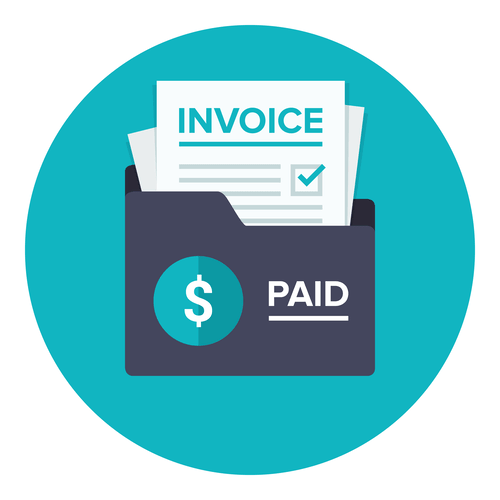
The balance on a permanent account continues to the next accounting period. The next periods transactions are added to the balance brought down and at the end of the period the balancing off accounts process is repeated. In bookkeeping the term balance means the net difference between the debits and credits on each account. If the debits are greater than the credits the balance will be a debit balance. If the credits are greater than the debits the balance will be a credit balance. It should be noted that if an account is normally a debit balance it is increased by a debit entry, and if an account is normally a https://www.bookstime.com/ credit balance it is increased by a credit entry.
Account balances: What they are and how to manage them
- A savings account is a great way to start building and growing your savings in an interest earning, secure setting.
- Suppose a business operates an accounts receivable account which as usual shows sales invoices to and cash receipts from customers.
- Balancing your checking account helps you to track spending because every transaction must be reviewed, which can help you identify areas where you’ve overspent and can cut back.
- To monitor your checking account even more closely, you can find out about transactions as they occur.
- In modern bookkeeping, accounting software has become a cornerstone element for efficient financial management, embracing automated processes and integrative capabilities to streamline reconciliation tasks.
- Keeping track of payable and receivable accounts is paramount for making sure you have a steady flow of money coming in.
Balancing an account is defined as calculating the difference between the respective sides, i.e., debit and credit of an account and mentioning the balance on the side with the lesser amount. Balancing an account is essential for business—this process shows the exact position of the number of assets, liabilities and expenses made during a financial year. In addition to showing the number of assets, liabilities, and expenses, it also gives the business organisation a fair view of transactions. The result of the balancing off accounts process is that either a debit or a credit balance is brought down. To conduct a bank reconciliation, you compare the bank statement to the company’s cash account records.
Account Balances and Financial Statements

However, if you don’t track this, then you’ll be unsure about who you still have to collect cash from and the timing of when you’ll receive it. In turn, balancing your books, managing your accounts, and preventing cash flow issues can become all the more difficult. Using Accounting Periods and Methods the rules above we can now balance off all of Edgar Edwards’ nominal ledger accounts starting with the bank account.
Checking Account

We need to work out the balance on each of these accounts in order to compile the trial balance. However, maintaining excessively high account balances for your assets can also be problematic. Cash on hand and checking accounts don’t generate interest and thus lose value due to inflation. Fees, including maintenance charges, overdraft penalties, and ATM fees, decrease account balances.

Addressing Bank Errors
These accounts play an essential role in providing a more accurate picture of financial performance and position. For example, reporting gross revenue without considering contra accounts like Sales Returns could mislead stakeholders about the company’s actual earnings. The more funds an entity receives in this account, the higher its account balance will be.
Therefore, it is crucial to understand what an account balance is in both of these areas. Both of the above paragraphs touched on the topic of account balances. However, they discussed the concept under two separate fields or areas.
- The balance of the account is calculated by calculating the difference between the amounts of both sides of the account.
- We are compensated in exchange for placement of sponsored products and services, or by you clicking on certain links posted on our site.
- If you take control of your revenue and expenses, you take control of your balances.
- It would be normal for such an account to have a net credit balance and the balancing off accounts process would result in the following.
- You can check your account balance online, with an app if your bank has one, at an ATM, by phone, or by text.
This chart should consist of all of the accounts relating to your business, such as assets, liabilities, outgoings, and bank accounts. The process for balancing off T accounts where the total credits exceed the total debits is identical to that above except that the carried down and brought down entries would be reversed. When an account has a balance that is opposite the expected normal balance of that account, the account is said to have an abnormal balance. For example, if an asset account which is expected to have a debit balance, shows a credit balance, then this is considered to be an abnormal balance.

If the sum of the credit side of an account is greater than the sum of the debit side of an account, this difference is called credit balance. If the sum of the debit side of an account is greater than the sum of the credit side, this difference is called a debit balance. These are just a few of the different account types a business may hold.
One easy way to review transactions is to mark the transactions that are legitimate and that you’ve cross-referenced with your check register. Ariana Chávez has over a decade of professional experience in research, editing, and writing. She has spent time working in academia and digital publishing, specifically with balancing an account content related to U.S. socioeconomic history and personal finance among other topics.
